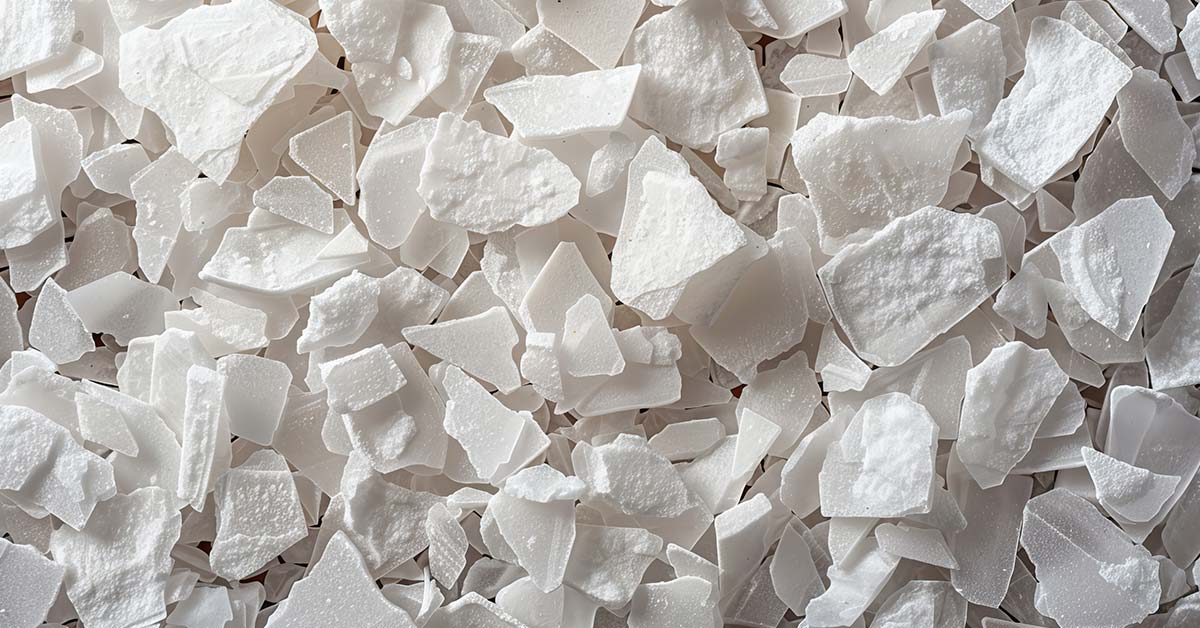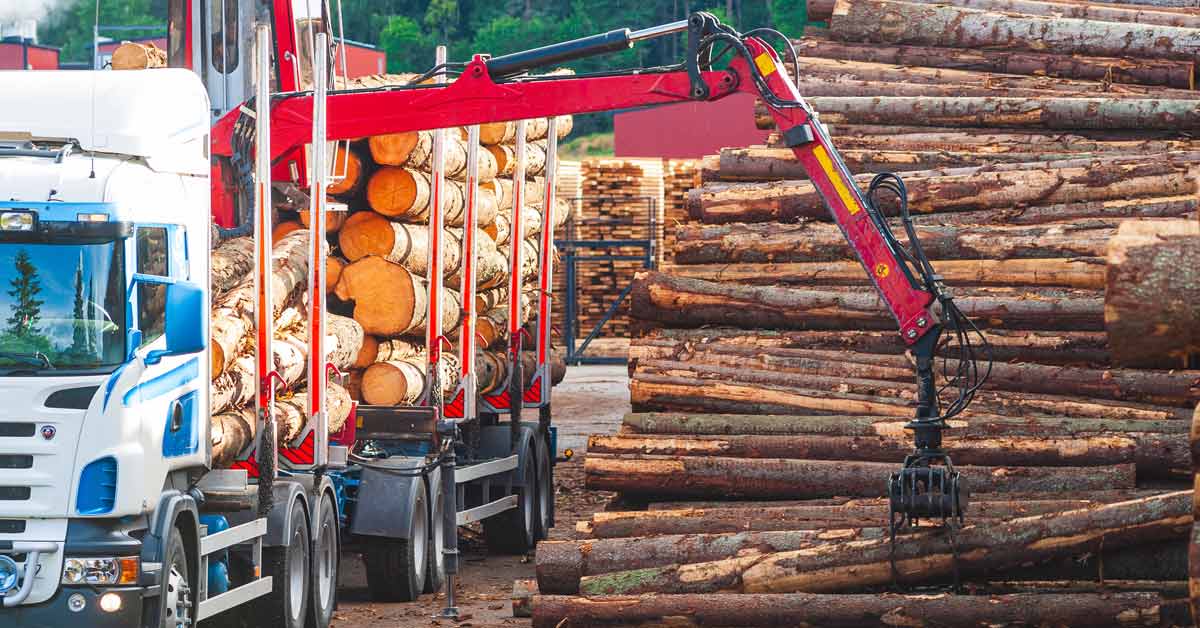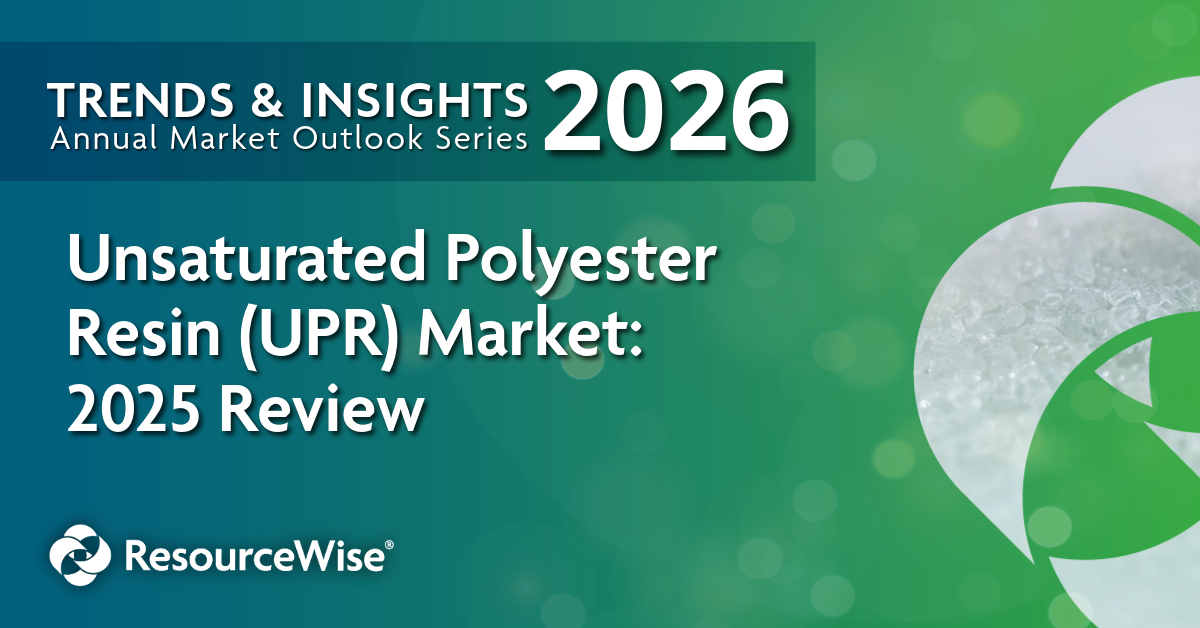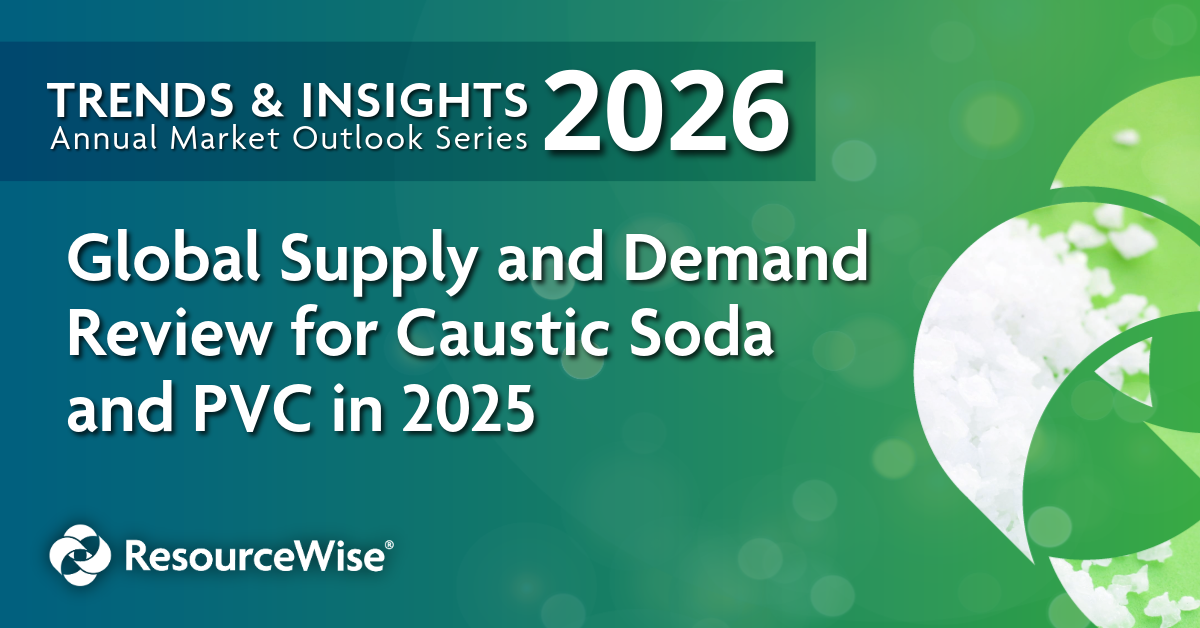2 min read
Understanding the Caustic Soda Shortage: The Downstream Impact of Weak PVC Demand
 Hira Saeed
:
Apr 14, 2025 4:13:45 PM
Hira Saeed
:
Apr 14, 2025 4:13:45 PM

The global caustic soda market has experienced a notable shortage in recent months, primarily driven by reduced demand for polyvinyl chloride (PVC) due to a slowdown in construction activity.
Caustic soda is co-produced during the manufacture of chlorine—a critical input in PVC production. As a result, a decline in PVC demand leads to reduced chlorine output, which, in turn, limits caustic soda production.
Economic and Industry Factors
This decline in PVC demand is closely tied to broader macroeconomic conditions. According to the OECD's March 2025 Interim Economic Outlook, global GDP growth is projected to slow from 3.2% in 2024 to 3.1% in 2025 and further to 3.0% in 2026. This deceleration is attributed to rising trade barriers in several G20 economies and heightened geopolitical and policy uncertainty, both of which weigh on investment and consumer spending.
In addition, elevated interest rates, declining real estate investment, and constrained construction spending have further suppressed demand for construction materials such as PVC.
While the US domestic PVC market has remained relatively resilient despite economic headwinds, the export market has weakened due to a combination of anti-dumping duties, global oversupply, and subdued international demand. The tariff announcements issued on April 2 have added further complexity to the U.S. export landscape. However, a 90-day suspension of most tariff measures has delayed retaliatory actions by trading partners, temporarily supporting market sentiment.
Supply and Demand Dynamics
This environment has created a clear supply imbalance. While caustic soda demand has remained relatively steady across core sectors such as pulp and paper, chemicals, and water treatment, supply has tightened due to lower chlorine production. A temporary rise in demand from the alumina industry—spurred by high alumina prices and improved operating rates—also provided support in late 2024. However, as alumina prices have eased throughout 2025, this demand has begun to soften.
Supply pressures have been further exacerbated by scheduled spring maintenance among producers in the United States and Europe and unplanned outages during the first quarter and early into Q2.
As a result, caustic soda prices have increased across several regions, contributing to heightened market volatility. The constrained caustic soda supply will likely persist unless there is a significant recovery in construction activity and broader economic conditions.
Industry Outlook at World Chlor-Alkali 2025
These challenges and market dynamics will be a central focus at the upcoming 28th World Chlor-alkali Conference, scheduled for 19-20th June 2025 in Singapore. Industry leaders, analysts, and stakeholders from across the value chain will convene to examine the evolving supply-demand landscape, trade policy impacts, and the broader macroeconomic forces shaping the caustic soda and PVC sectors.
With sessions dedicated to navigating policy shifts, innovation and sustainability, and regional market dynamics, the conference will provide valuable insights for navigating the complexities of the current market environment.






